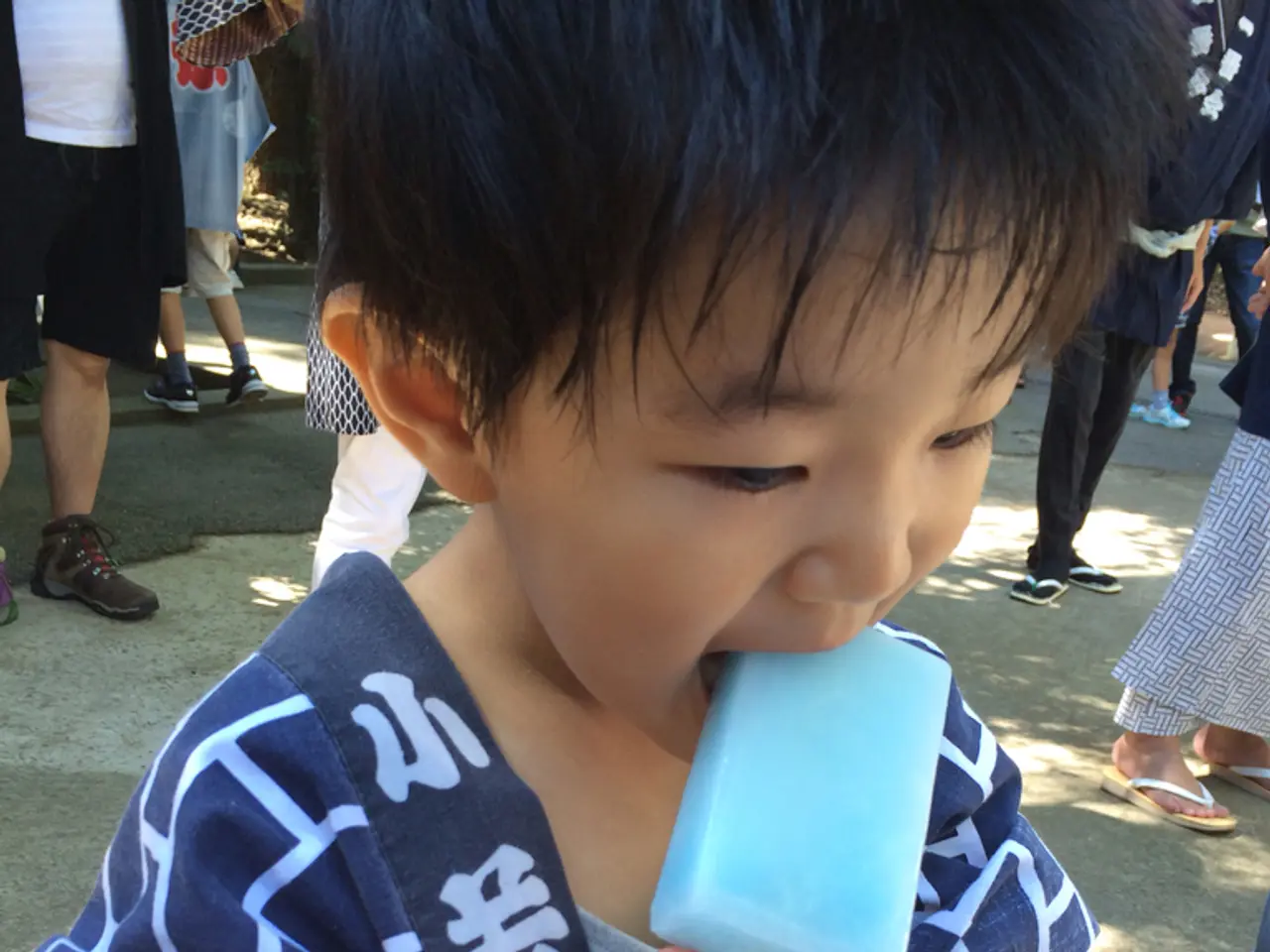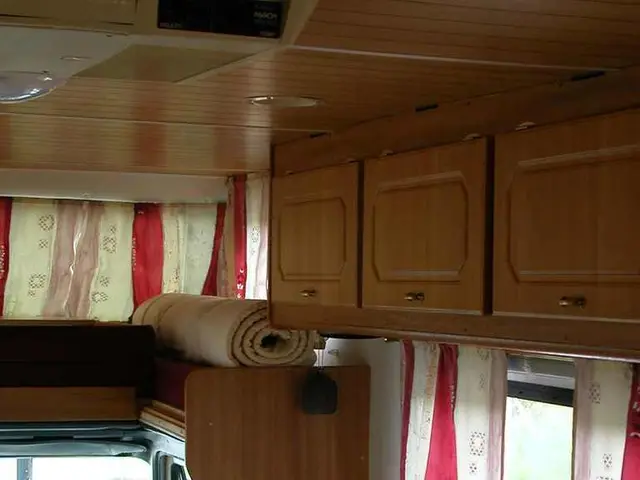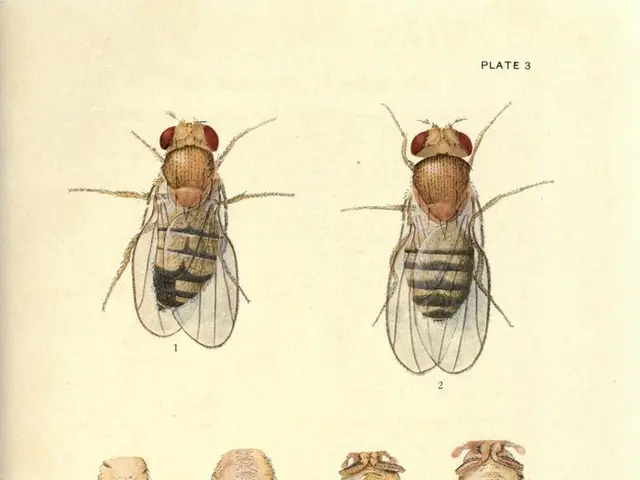Easy DIY Slime Guideline for Children
In the realm of creative and educational activities, Sparkle Slime stands out as a captivating experiment for kids. This article will guide you through the Sparkle Slime Recipe and introduce you to similar slime experiments that foster a love for science and learning.
The Sparkle Slime Recipe is a simple yet engaging project that requires 2 bottles of clear school glue, any color liquid watercolors, glitter, and 1 cup of liquid starch. By mixing the clear glue, glitter, and liquid watercolors together in a bowl or container, then adding liquid starch, you can create a tinted slime that sparkles with glitter. Adjusting the amount of glue or liquid starch can alter the slime's texture, making it more or less sticky.
Children can feel, squish, mold, and play with the slime, exploring its properties. Experimenting with the ingredients in the Sparkle Slime Recipe is a form of STEAM learning, as it encourages children to think critically and problem-solve. Adding liquid starch to the slime mixture causes it to congeal and form a polymer.
Playing with Sparkle Slime isn't the only way to delve into the fascinating world of slime. Other experiments, such as Frozen Slime, Galaxy Slime, and Fluffy Slime, offer unique experiences and teach similar polymer chemistry concepts.
Frozen Slime uses glue (a polymer) and borax as a cross-linking agent, but the slime is chilled to create a different texture. This demonstrates how temperature affects polymers and changes the slime's stretchiness and firmness.
Galaxy Slime involves mixing clear glue with mica powders or pigments and glitter to create colorful, shimmery slime resembling a galaxy. It also uses liquid starch as the activator to achieve the slime texture. Combining different colored slimes lets children explore color mixing and polymer cross-linking.
Fluffy Slime is made using white glue, baking soda, water, shaving cream, and contact lens solution (which contains boric acid and sodium borate). This slime recipe produces a fluffy, soft texture that is different from standard slime, providing experience with chemical reactions that change polymer consistency.
These slime experiments allow children to explore polymer science by varying ingredients and conditions, giving a tactile understanding of molecular bonds and material properties, while also being fun and creative.
If you're seeking other experiments outside of slime that are similarly child-friendly and educational, common options include baking soda and vinegar volcanoes, making homemade crystals, or simple density experiments like layering liquids of different densities. However, slime recipes are especially popular for their combination of science and sensory play.
For more science experiments for kids, we recommend visiting the "Super Cool Science Experiments for Kids" page. And, if you're feeling adventurous, why not try creating black sparkle slime using black liquid watercolor?
References: - Frozen Slime: polymer and cross-linking explanation, texture changes with temperature[1] - Galaxy Slime: mixing pigments, glitter and glue with liquid starch to create colorful slime[2] - Fluffy Slime: recipe using shaving cream and contact solution for fluffiness and texture variation[4] - Sensory activities, such as making slime, stimulate all the senses and help children learn about their world.
Engaging in sensory play with homemade slime not only stimulates a child's senses but also introduces them to the fascinating world of polymer science. While the Sparkle Slime Recipe creates a shiny, tinted slime, other experiments like Frozen Slime, Galaxy Slime, and Fluffy Slime offer unique textures and colors, demonstrating how temperature, pigments, and chemical reactions affect the properties of polymers. These home-and-garden activities are perfect for families seeking enriching science experiments that cater to both lifestyle and learning.




